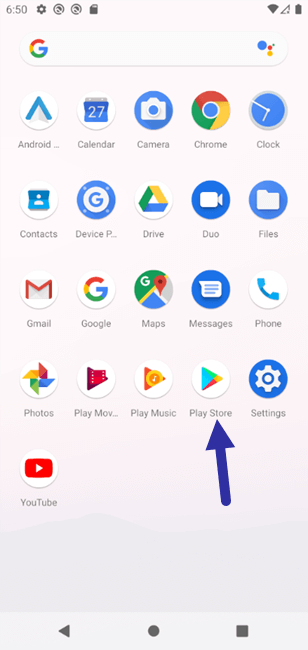

Manually Set the Android Environment Variables.Set the Android SDK Home Environment Variable.Configure Quantum Visualizer to build for the Android platform.


Required Android SDK Platform API level is 28.Required Android SDK Build Tool version is 28.0.3.Required Android SDK Build Tool version is 27.0.3 Required Android SDK Platform API level is 26 Required Android SDK Build Tool version is 26.0.2 This section describes how to install and configure these resources. Gradle is an advanced build toolkit that manages dependencies and allows a developer to define custom build logic. To view the code in the emulator, click the "Run" button in the toolbar.Building and testing Android applications in Quantum Visualizer requires two primary resources: Android SDK and Gradle. Type an app name and click "Finish." The Android app loads in your Android SDK interface. Replace "app.apk" with the name of the APK file you want to import into the Android SDK software.Ĭlick the Windows "Start" button and type "eclipse.exe." Press "Enter" and double-click the file to open the Android SDK interface.Ĭlick the "File" menu item and select "New." In the opened wizard, click "Android Project" and click "Next." Click "Create project from existing source." Click the "Browse" button and select your APK file you copied earlier. Type the following command to copy the APK file from the phone: Type "ls" and press "Enter" to view a list of APK files. Type "cd data/app" to access the Android app directory on the device. Type "su" and press "Enter" to open switch to the root username. Type "adb shell" and press "Enter" to open the SDK shell. If you have the SDK installed in another directory, use the alternative directory instead in the "cd" command. Type "cd C:\android-sdk-windows\tools\" to move the prompt to the location of the Android SDK. Click the Windows "Start" button and type "cmd." Press "Enter" to open the Windows command line.


 0 kommentar(er)
0 kommentar(er)
